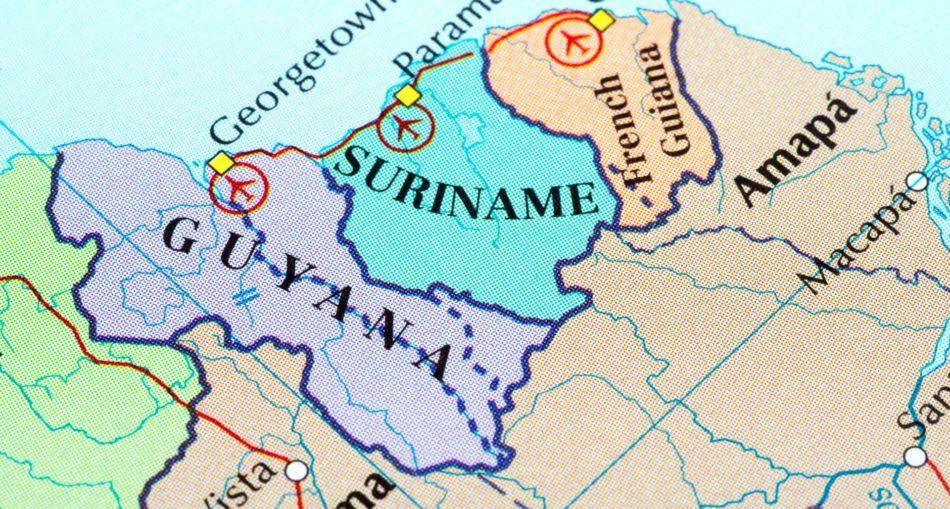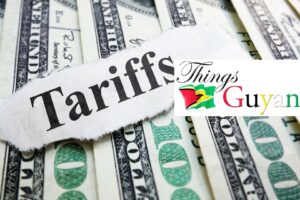Dutch colonization of South America took place in the 17th and 18th centuries. The Dutch West India Company established several colonies and trading posts in the region, the most notable being the colony of Suriname, which was established in 1667 and remained a Dutch colony until 1975. The Dutch also established colonies in Guyana, which they called “Essequibo and Demerara,” and in parts of what is now Brazil, including the state of Pernambuco.
During the 17th century, the Dutch were major players in the Atlantic slave trade, and they brought many enslaved Africans to their South American colonies to work on the plantations. Many of the enslaved people brought over by the Dutch were put to work in Suriname, where they grew sugarcane and other crops.
Dutch also established a number of forts and trading posts along the coast of northern South America, from present-day Venezuela to present-day French Guiana. However, most of these colonies were short-lived, as the Dutch were often outcompeted by other European powers, such as the British and the French, who had more resources to devote to colonization.
It is important to note that the colonization of these areas by the Dutch, like much other European colonization in the Americas, brought about significant suffering for the indigenous people of the region, as well as for the enslaved Africans brought over by the Dutch, and had a lasting effect on the cultures and societies of the area.
Dutch Guiana
The Dutch were among the first European colonizers of Guyana, which was then known as Dutch Guiana. The Dutch first established settlements in the region in the early 17th century, primarily in the Essequibo River and Berbice River areas. They were attracted to the region by its natural resources, such as gold and timber, as well as by its potential as a source of agricultural production, particularly sugar.
During the 17th century, the Dutch established several trading posts along the coast and began to expand their control over the interior of the country. They established a number of forts and other defensive structures along the coast to protect their settlements and trade routes.
In the early 18th century, the Dutch began to develop the colony’s agricultural economy by importing enslaved Africans to work on the sugar plantations. They also established a system of trading posts and outposts along the coast and in the interior of the colony to control trade and maintain order among the enslaved and indigenous populations.
However, the Dutch colonies in Guyana were not particularly profitable, and the colony was generally considered to be a backwater. Dutch rule in Guyana was relatively weak and did not exert a strong influence on the colony’s development. Dutch Guiana was mostly used as a source of agricultural resources, especially sugar and later rice.
In 1796, the colony was occupied by the British during the Napoleonic wars and was ceded to the British under the terms of the Treaty of Paris in 1814. The colony was officially renamed British Guiana, and it remained under British control until it gained independence as the modern state of Guyana in 1966.







